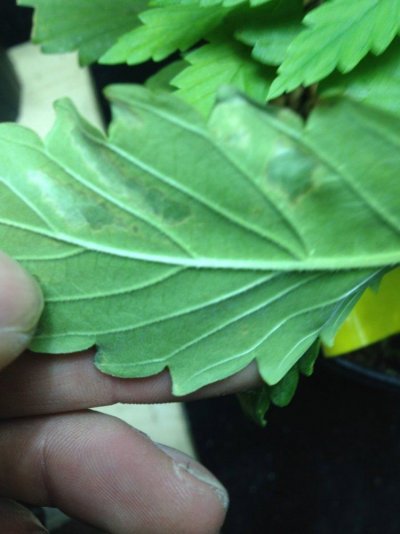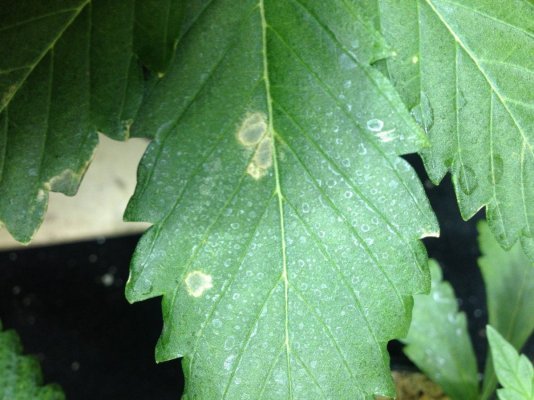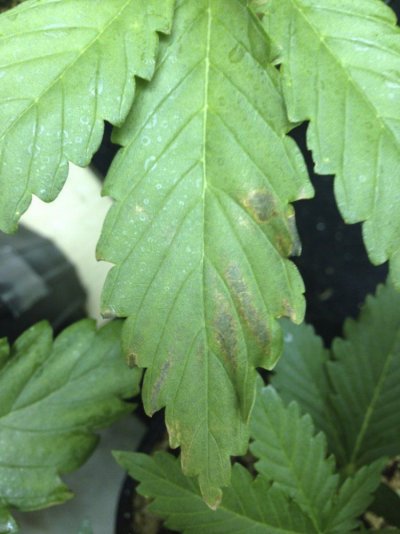Smoking Gun
- 2,235
- 263
ok so a few chemistry questions.?
given these facts...
ammonium toxicity is more prevalent in acidic soils
nitrate toxicity is more prevalent in alkaline soils
if ammonium is NH4NO3 and ammonia is NH3 and nitrate is NO3
what enters the plant?
by what mechanism?
at what point does ammonium nitrate separate into ammonia, nitrate, nitric acid and one of several alkali metalic nitrates
reason for this...when i brew PSG (peruvian seabird guano) the odor changes dependent upon how long its been brewing and at times there is such a strong ammonia smell that it really makes me question when to use it.
another chemistry question, on the charts above on post #90 in soil Ca and Mg are locked out below 6.4. What do they bond with and become?
Let's start with ammonium, it is NH4 not NH4NO3, that is ammonium nitrate. So ammonium does not dissociate and give off a nitrate and ammonia. This may begin to clear up some of your confusion. As for when they go from one form to another is not a simple answer. There are many points in the cycle where nitrogen may be in one form or another and then change back. It is all dependent on the activity of microbes and the plants roots while in the soil and where in the metabolic process the nitrogen is within the plants cells. Other than this Natural's post from Wikipedia is pretty accurate.
As for your tea smelling bad, that is usually due to the activity of anaerobic bacteria. It sounds like you are not providing enough oxygen to the tea or you are brewing for too long. You should not be brewing tea for more than 48 hours and ideally should be used within 24 hours of brewing.
Mg and Ca are in the same period, Alkaline Earth Metals, and therefore will react very similarly to one another. The will both bond to just about any element or ion looking to share an electron. This is part of why both can easily become unavailable for plants if pH or nutrient levels swings out of balance.








